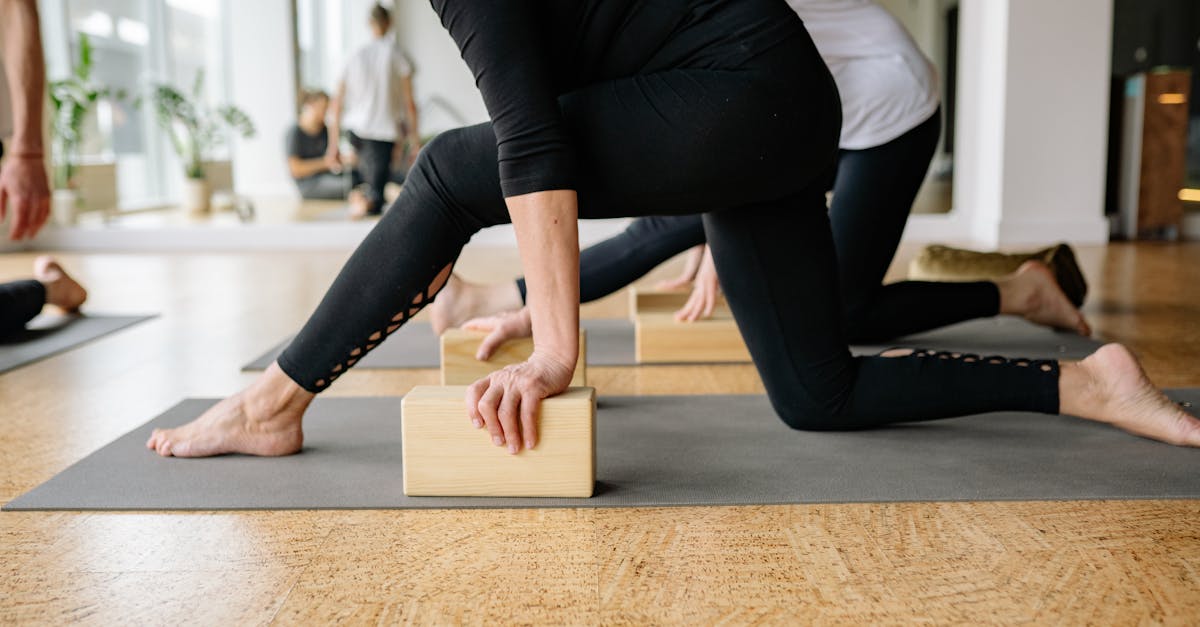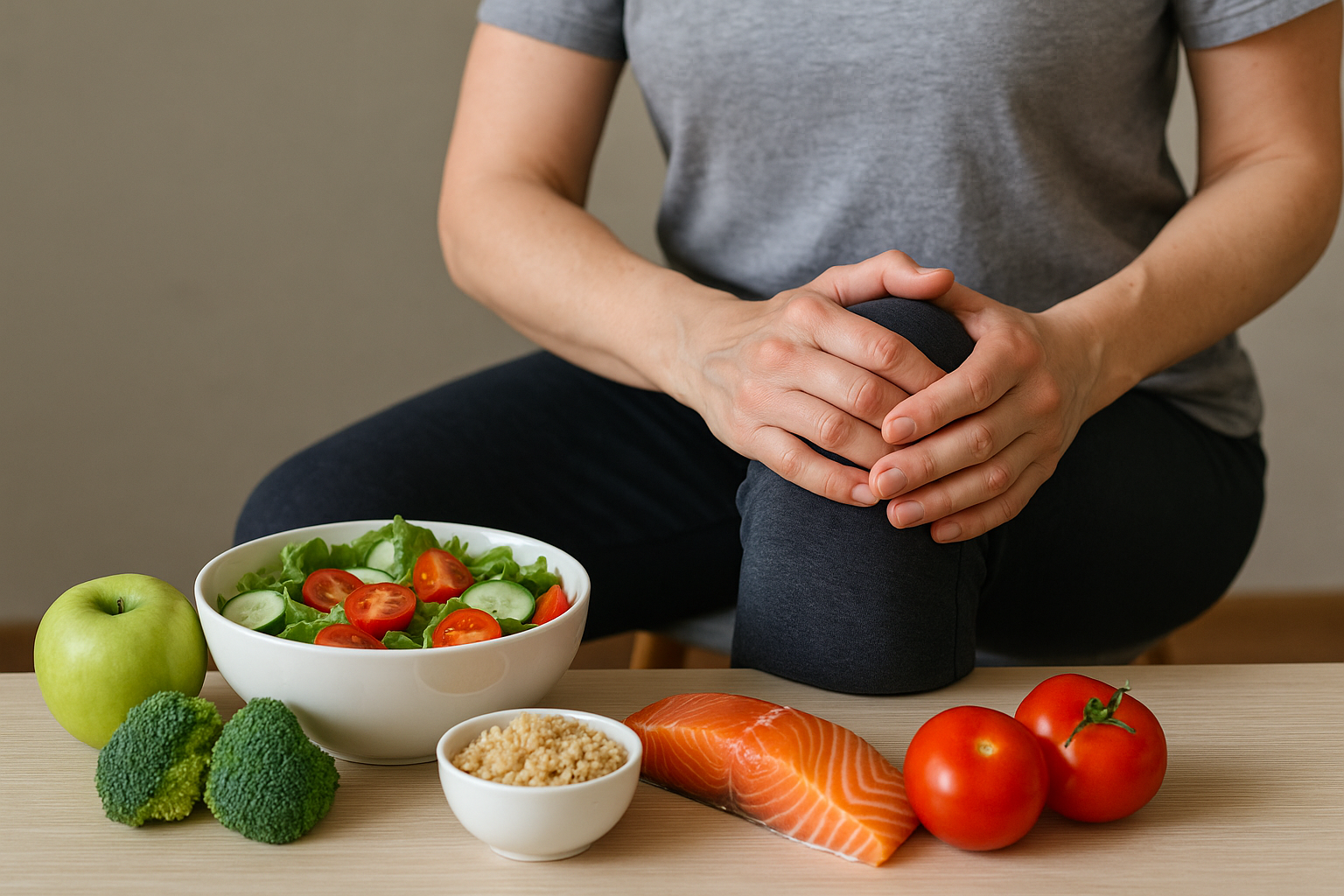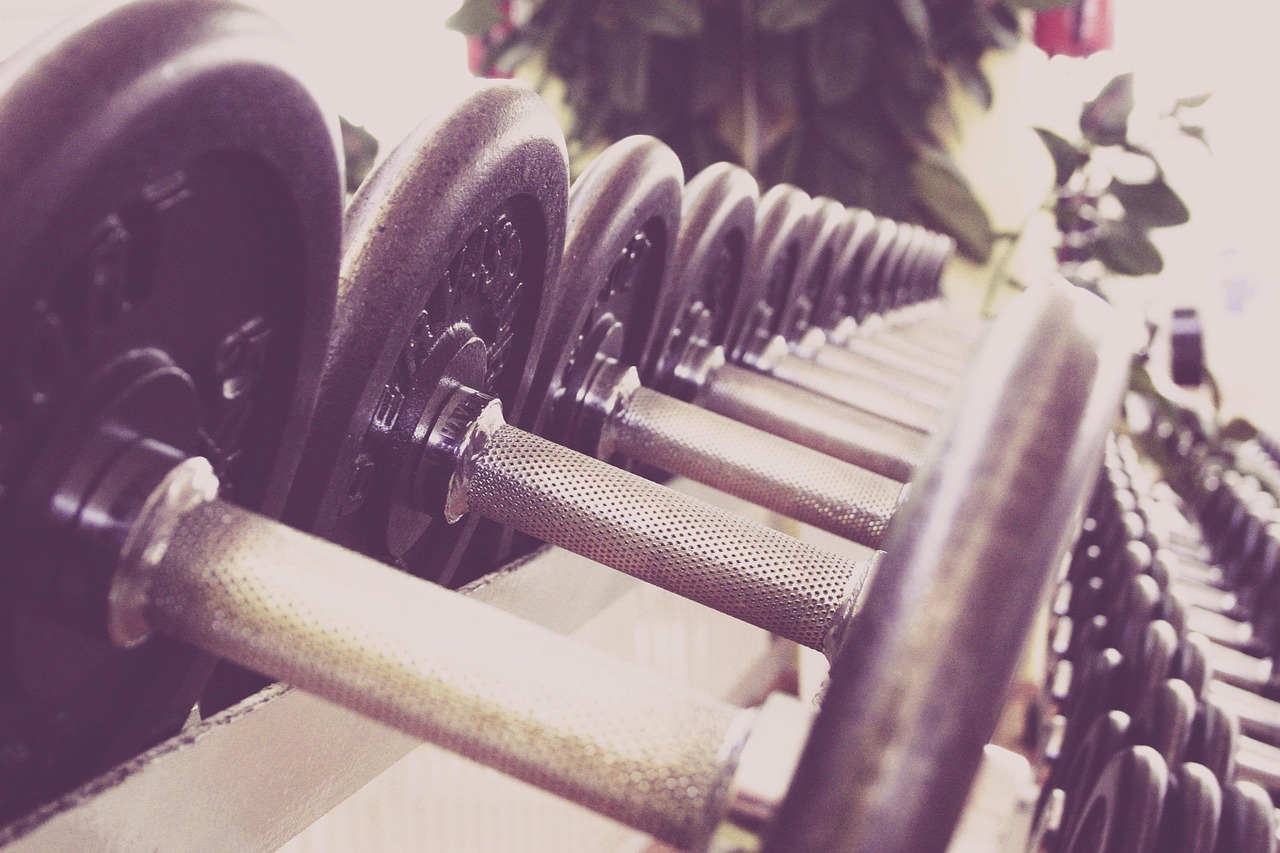Skip the Stairs: The Counter-Intuitive Cardio Habit That Actually Saves Your Joints
In the world of fitness, stair climbing is often hailed as a quintessential cardio workout, celebrated for its calorie-burning prowess and ability to tone muscles. However, what if the conventional wisdom about stair climbing as the ultimate cardio exercise was challenged? Recent studies suggest that this high-impact activity, while effective for cardiovascular health, may not be the best choice for everyone, especially those concerned about joint health. This article explores an alternative approach to cardio that not only spares your joints but also offers numerous other health benefits. We dive into the science behind joint-friendly cardio options, their effectiveness, and why skipping the stairs might just be the counter-intuitive habit that enhances your overall well-being.
The Science of Joint Stress

Understanding the mechanics of joint stress is crucial when evaluating the impact of stair climbing. Every time you ascend or descend stairs, your joints, particularly the knees, bear a significant load. This repetitive stress can lead to wear and tear, especially in individuals with pre-existing conditions like arthritis. Research indicates that the force exerted on the knee joint while climbing stairs can be up to three times your body weight. Over time, this can exacerbate joint pain and lead to conditions such as osteoarthritis. By exploring low-impact cardio alternatives, individuals can maintain their cardiovascular health without compromising their joint integrity.
Low-Impact Cardio Alternatives

Low-impact cardio exercises are designed to minimize stress on the joints while still providing an effective cardiovascular workout. Activities such as swimming, cycling, and using an elliptical machine are excellent examples. These exercises allow for a full range of motion without the harsh impact associated with stair climbing. Swimming, in particular, offers a unique advantage as the buoyancy of water supports body weight, reducing stress on the joints. Cycling provides a similar benefit, allowing for smooth, controlled movements that strengthen the muscles around the joints, providing better support and stability. These alternatives not only protect the joints but also enhance cardiovascular endurance and muscle strength.
The Role of Muscle Strengthening

Strengthening the muscles around your joints can significantly reduce the risk of injury and joint pain. Muscle strength acts as a protective barrier, absorbing shock and reducing the load on the joints during physical activity. Incorporating strength training into your exercise routine can complement low-impact cardio workouts. Focus on exercises that target the quadriceps, hamstrings, and calf muscles, as these are crucial for knee support. Resistance training, Pilates, and yoga are excellent ways to build muscle strength without excessive joint strain. By enhancing muscle strength, you create a more resilient framework that supports joint health and overall mobility.
Understanding the Benefits of Walking

Walking is often underrated as a cardiovascular exercise, yet it offers an array of benefits with minimal joint stress. Unlike stair climbing, walking provides a gentle, rhythmic motion that promotes cardiovascular health without the harsh impact. It is accessible to most people and can be easily incorporated into daily routines. Walking at a brisk pace elevates the heart rate, improves circulation, and enhances lung function. Additionally, walking has been shown to improve mood and mental clarity, making it a holistic exercise choice. By prioritizing walking over stair climbing, individuals can achieve their fitness goals while preserving joint health.
The Importance of Proper Footwear

Proper footwear plays a pivotal role in reducing joint stress during physical activity. Shoes designed with adequate cushioning and support can absorb shock and distribute weight evenly across the foot, minimizing the impact on the knees and hips. When engaging in any cardio exercise, including walking, investing in quality footwear is essential. Look for shoes with a supportive arch, cushioned sole, and a snug fit to prevent slipping and maintain stability. Proper footwear not only enhances comfort but also reduces the risk of injury, allowing for a more effective and joint-friendly workout experience.
The Psychological Impact of Low-Impact Cardio

The psychological benefits of exercise are well-documented, and low-impact cardio is no exception. Engaging in activities that are gentle on the joints can boost mental health by reducing stress and anxiety levels. The endorphins released during exercise are known to elevate mood and improve overall mental well-being. Low-impact cardio options, such as swimming or cycling, often provide a meditative experience, allowing individuals to focus on their breathing and movement. This mindfulness aspect can enhance the psychological benefits of exercise, making it an integral part of a holistic approach to health and fitness.
The Role of Consistency in Exercise

Consistency is key when it comes to reaping the benefits of any exercise regimen, including low-impact cardio. Regular physical activity helps maintain cardiovascular health, muscle strength, and joint flexibility. By choosing exercises that are gentle on the joints, individuals are more likely to stick with their fitness routine, reducing the risk of injury and burnout. Setting realistic goals and creating a balanced workout schedule can help maintain motivation and ensure long-term success. Consistency not only improves physical health but also fosters a sense of accomplishment and well-being.
The Impact of Diet on Joint Health

Diet plays a crucial role in supporting joint health and enhancing the benefits of low-impact cardio. Consuming a balanced diet rich in anti-inflammatory foods can reduce joint pain and improve mobility. Omega-3 fatty acids, found in fish like salmon and sardines, have been shown to reduce inflammation and support joint health. Similarly, fruits and vegetables high in antioxidants can help protect the joints from oxidative stress. Maintaining a healthy weight through proper nutrition also reduces the load on the joints, minimizing the risk of injury and enhancing overall well-being.
The Benefits of Cross-Training

Cross-training involves incorporating a variety of exercises into your fitness routine to target different muscle groups and prevent overuse injuries. By combining low-impact cardio with strength training, flexibility exercises, and balance work, individuals can achieve a well-rounded fitness regimen. Cross-training not only improves overall fitness but also reduces the risk of injury by allowing different muscle groups to recover while others are engaged. This balanced approach ensures that the body remains strong and flexible, supporting joint health and enhancing performance in all areas of life.
The Importance of Rest and Recovery

Rest and recovery are essential components of any exercise routine, particularly for those concerned about joint health. Allowing the body time to heal and regenerate reduces the risk of overuse injuries and enhances performance. Incorporating rest days into your fitness schedule and prioritizing quality sleep can significantly impact recovery and overall well-being. Techniques such as stretching, foam rolling, and massage can also aid in recovery by reducing muscle tension and improving circulation. By respecting the body's need for rest, individuals can maintain a sustainable and effective fitness routine.
Tailoring Exercise to Individual Needs

Every individual is unique, and exercise routines should be tailored to meet specific needs and goals. Factors such as age, fitness level, and any pre-existing conditions should be considered when designing a workout plan. Consulting with a fitness professional or physical therapist can provide personalized guidance and ensure that exercises are performed safely and effectively. By customizing a fitness routine that prioritizes joint health, individuals can achieve their fitness goals while minimizing the risk of injury and enhancing overall quality of life.
Embracing Joint-Friendly Fitness

While stair climbing has its merits, it may not be the best choice for everyone, particularly those concerned about joint health. By exploring low-impact cardio alternatives, individuals can achieve their fitness goals without compromising their joints. Emphasizing muscle strengthening, proper footwear, and a balanced diet further supports joint health and overall well-being. By adopting a holistic approach to fitness that prioritizes joint-friendly exercises, individuals can enjoy the benefits of improved cardiovascular health, enhanced mental well-being, and a sustainable, injury-free lifestyle. Embrace the counter-intuitive habit of skipping the stairs, and discover a new path to health and vitality.
